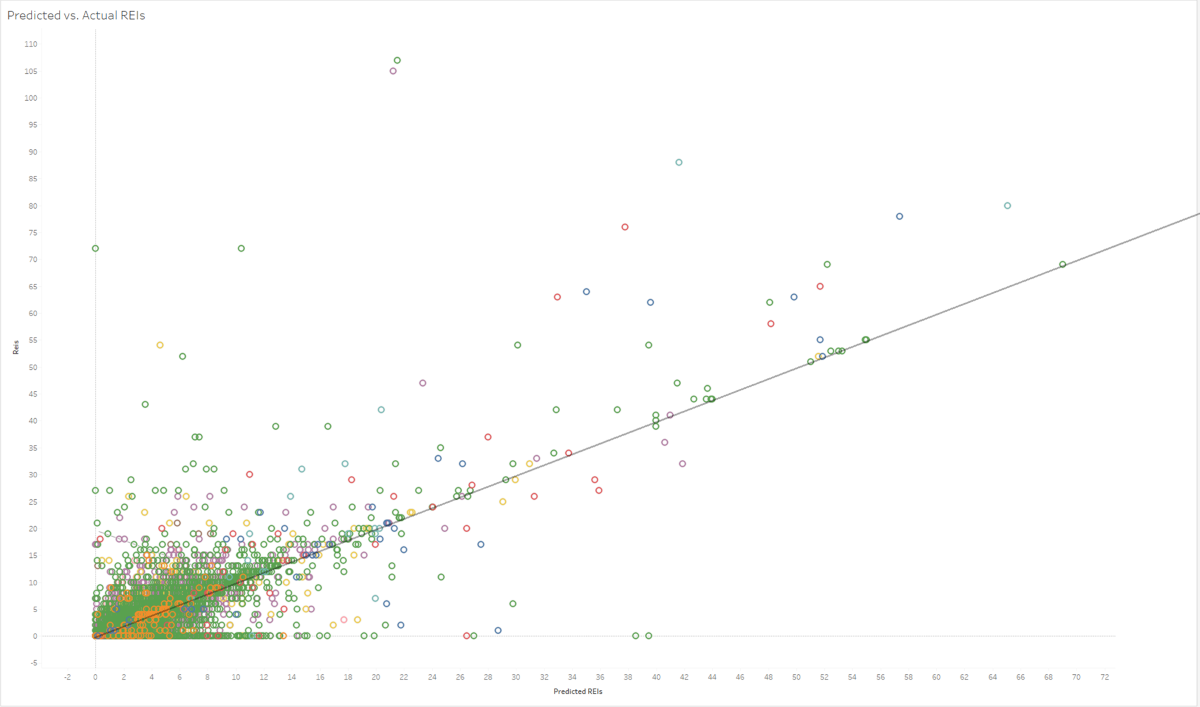Joshua Palicka

Hi! I'm a Computer Science professional with an M.S. in Computer Science from Seattle University with Data Science Proficiency. My skillset includes multiple programming languages, machine learning, AI, software design, data structures, and algorithms.
I'm currently seeking a career in tech and am eager to join a dynamic team and contribute my skills and passion. If you know of any open positions, please feel free to reach out. I look forward to making a meaningful impact in the data science community!
View My LinkedIn Profile
View My GitHub Profile
Hosted on GitHub Pages — Theme by orderedlist
CS Senior Capstone Project: Predicting REIs in Kenworth Trucks
Background
Kenworth Truck Company, a truck manufacturer based in Kirkland, Washington, specializes in medium and heavy-duty trucks. As one of the three truck divisions under PACCAR INC, Kenworth provides functionality and flexibility to their customers by allowing each truck to be custom-ordered through submitting Option Approval Requests (OARs). This process produces unique Bills of Materials (BOMs) for each order, which can lead to the generation of Requests For Engineering Information (REIs) when a part cannot be automatically fitted onto the truck. These REIs require an engineer at Kenworth to fit parts on a truck. The BOMs are generated based on combinations of sales codes (part numbers) and OARs. With each truck being custom-built, there are thousands of combinations, presenting unique challenges for engineers on each order. At the time, there was no way to relate what was ordered on the truck to the amount of work that would be required by the engineering team to ensure the truck was built on time.
Project description
My team, which included three other students and me, were paired with Kenworth for our CS Senior Capstone Project. Our project explored the relationship between sales codes and OARs in the Kenworth database to build a proof-of-concept machine learning model for predicting the number of REIs a given truck would have (which roughly translates to how much time an engineer must spend fitting parts onto the truck) based on BOMs and sales codes. The aim was to identify which Sales Codes or OARs drove REIs and to provide insights to the Kenworth Data Science team for further development.
Collaboration
Throughout the project, our team maintained close communication with our sponsor liaisons at Kenworth, meeting virtually on a weekly basis. These meetings allowed us to keep them informed about our progress, ask questions, and receive valuable feedback to ensure the project’s success.
Tools and Technologies
During the project, we mainly used the following tools and technologies:
- Snowflake: for accessing Kenworth’s database
- Pandas: for data pre-processing
- Scikit-learn: for machine learning model development
- Jupyter Notebook: for model development and data analysis
- Tableau: for data visualization
- Microsoft Teams: for communication and collaboration
- AWS Workspaces: for secure connection to Kenworth’s systems
Major Deliverables
- Entity Relationship Diagram: We created a data map, which served as the basis of our exploration and allowed us to understand the data and how the pieces influenced each other.
- Machine Learning Model: We leveraged Python’s Scikit-Learn library to test many machine learning models, and to build our final REI prediction model.
- Documentation, Scripts, and Visualization: We delivered our files, scripts to build the model and predict, and documentation of the scripts so that the Kenworth Data Science team could continue this project.
Outcomes
We deemed this project a success because we were able to predict REIs with an error around 6%. As students, we gained valuable experience in real-world applications of data science, machine learning, and Agile methodologies. The Kenworth Engineering Insights team will continue our work by utilizing our documentation and models to further improve the process and better understand the relationship between sales codes and REIs.

